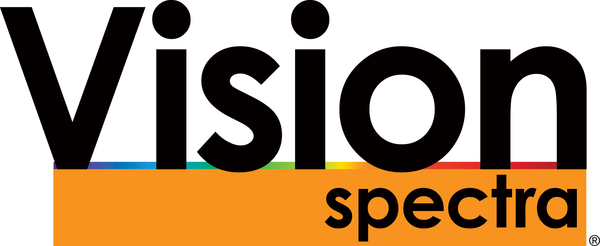Air-Leak Detection System Visualizes Building Drafts
Researchers at the Department of Energy’s Oak Ridge National Laboratory (ORNL) have created a detection system that allows home energy auditors to see air leaking from a building in real time with the help of a camera. This could provide more accurate readings far more quickly than current diagnostic tools allow.As leaky buildings signal dwindling energy efficiency and higher utility bills to homeowners, auditors must be called in to figure out where those leaks are. Solving the problem means pinpointing exactly where air is escaping so that cracks can be sealed, but this process can be expensive, time-consuming, and cumbersome.
Traditionally, blower-door testing would be used to detect leaks in conjunction with smoke. Smoke pencils are another method — where an auditor walks into a room, releases some smoke, and watches where it travels to define leakage points.
ORNL’s air-leakage detection system is based on background-oriented schlieren photography, a process used to capture fluid flow. Dating to the 1860s, schlieren photography has most recently and more widely been used to photograph the flow of air around aeronautical objects.
Researcher Philip Boudreaux uses background-oriented schlieren photography to test air leakage through a concrete wall. Courtesy of Oak Ridge National Laboratory.
According to lead ORNL researcher Philip Boudreaux, the technique uses small shifts in the background of a sequence of images to visualize leaking air that has a different temperature than the surrounding air. This temperature difference creates what Boudreaux refers to as a “mirage” when viewed in front of a building’s facade.
“Even though this mirage is too small to be seen with the naked eye, it can be imaged by a camera,” he said. “The mirage looks just like wavy patterns you might see rising up from the pavement on a hot day or in the hot exhaust of a car tailpipe.” Boudreaux is working with a research team to ensure that leaks are not just visualized but that the amount of leakage is measured, too. This will allow building owners to better prioritize areas that most need sealing.
By using a modest digital video camera and applying what Boudreaux terms “natural background-oriented schlieren photography,” leaks can easily be seen from the inside or outside of the building. “It’s using refraction, where a fluid with a different refractive index than the surrounding area is visualized based on the distortion of a background,” he said. “We’ve also developed custom software for real-time visualization of the leak with algorithms that measure the velocity and flow rate.”
Boudreaux setting up his experiment with the concrete wall. Courtesy of Oak Ridge National Laboratory.
Boudreaux and his team applied this approach to visualize leaks through brick, vinyl siding, and concrete masonry blocks and under sunny and cloudy conditions. Using a ceramic heater, Boudreaux would blow hot air through the cracks in the materials, changing temperature ranges throughout the testing. It showed that leaks could be detected when the temperature difference was as low as 12 to 15 °C on the concrete block and brick claddings.
“We were able to get a sufficient temperature difference between the air around the leak area and the ambient air. Through ongoing research, we intend to get that leak-detection temperature limit down to 5 °C,” he said. It’s taken several years for the research team to develop, perform, and quantify the experiments conducted to date. Boudreaux said the initial idea for a camera-based leak-detection system was born in 2019.
“Four years later, and we know that a background-oriented schlieren approach for visualizing leakage is reliable at certain temperatures, and it’s showing promise now for quantifying, too,” he said. “We’re going to continue measuring the air flow, but the results so far are overall favorable.”
LATEST NEWS
- Active Surfaces Secures $5.6M in Funding for Solar Tech: Week in Brief: 5/17/24 May 17, 2024
- Quantum State Opens Possibility for Advances in Optoelectronics May 17, 2024
- LED Display Guides Surgery with Real-Time Visuals of Brain Activity May 16, 2024
- George Mason University Receives Air Force Funding for Imaging, Digital Twins Lab May 16, 2024
- Intel Appoints Vice President, General Manager of Foundry Arm: People in the News: 5/15/24 May 15, 2024
- Agreements Fortify NVIDIA's Role as Global Partner in Quantum Supercomputing May 15, 2024
- Compact Single-Photon Lidar Provides High Resolution for Air and Space May 14, 2024
- Lightium Receives $2.9M to Commercialize Data Center Tech May 14, 2024
